Ever tried to stay focused on healthy eating with a brain that’s constantly changing the channel?
For those of us with ADHD, meal tracking isn’t just about counting calories—it’s about creating a structure that our distracted brains can actually follow.
Let’s dive into why tracking what you eat might be the missing piece in your ADHD management toolkit.
Why Meal Tracking Is a Game-Changer for ADHD Brains
ADHD isn’t just about not being able to sit still or focus—it fundamentally affects how we plan, organize, and regulate our daily lives. And yes, that absolutely extends to our eating habits.
Think about it:
- Irregular meal times (or completely forgotten meals)
- Impulsive food choices (hello, vending machine dinner!)
- Decision paralysis in the grocery store
- Nutrition gaps that might actually be making your symptoms worse
Sound familiar? You’re not alone.
How Meal Tracking Helps Tame the ADHD Food Chaos
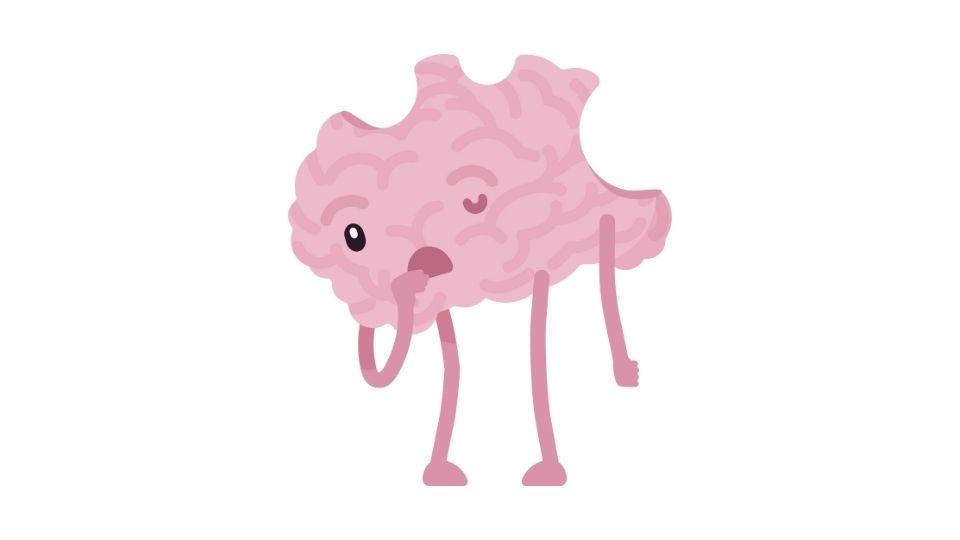
Creates structure and routine – When you document meals, you’re more likely to eat at consistent times, which can prevent the classic ADHD cycle of forgetting to eat followed by impulsive binging
Reduces decision fatigue – One less thing to figure out when your brain is already juggling a million tasks
Optimizes brain-friendly nutrition – Certain nutrients actually support better focus and cognitive function (more on this below!)
Works with your medication – Since ADHD meds often suppress appetite, scheduled meals help maintain energy when your stomach isn’t sending hunger signals
Feed Your Brain: Nutrition That Helps ADHD Symptoms
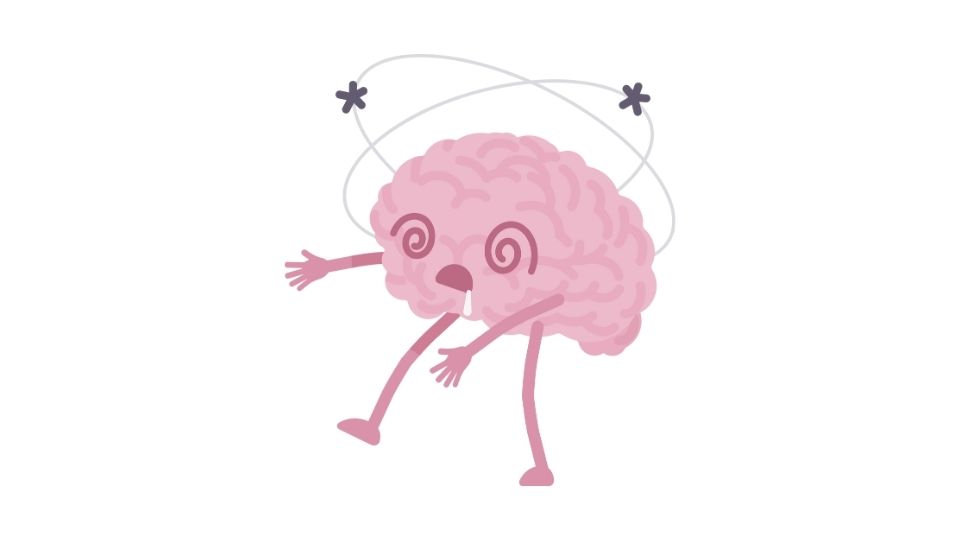
The science is getting clearer: what you eat directly impacts how your ADHD brain functions. No, food can’t cure ADHD, but strategic nutrition can definitely help manage symptoms.
Balanced meals are your best friend
Your ADHD brain runs best on a combination of:
- Protein (eggs, fish, beans) for sustained focus
- Complex carbs (whole grains, sweet potatoes) for steady energy
- Healthy fats (avocados, nuts, olive oil) for brain function
- Fiber to keep blood sugar stable
Think: a breakfast of Greek yogurt with berries and walnuts vs. a donut. One keeps you focused for hours; the other sets you up for a crash.
Nutrient superstars for ADHD brains
Research suggests these nutrients may be especially helpful:
- B vitamins (leafy greens, meat)
- Omega-3 fatty acids (fatty fish, flaxseeds)
- Magnesium (dark chocolate, pumpkin seeds)
- Iron (lean meats, lentils)
- Zinc (oysters, chickpeas)
Studies have shown that some dietary interventions can improve ADHD symptoms, particularly elimination diets that remove potential trigger foods. But these should be done with professional guidance—don’t go it alone!
Timing matters too
Eating consistently every 3-5 hours prevents the blood sugar crashes that can make ADHD symptoms worse. Your brain runs on glucose, and when levels drop, so does your ability to focus and regulate emotions.
ADHD-Friendly Meal Tracking Approaches That Actually Work
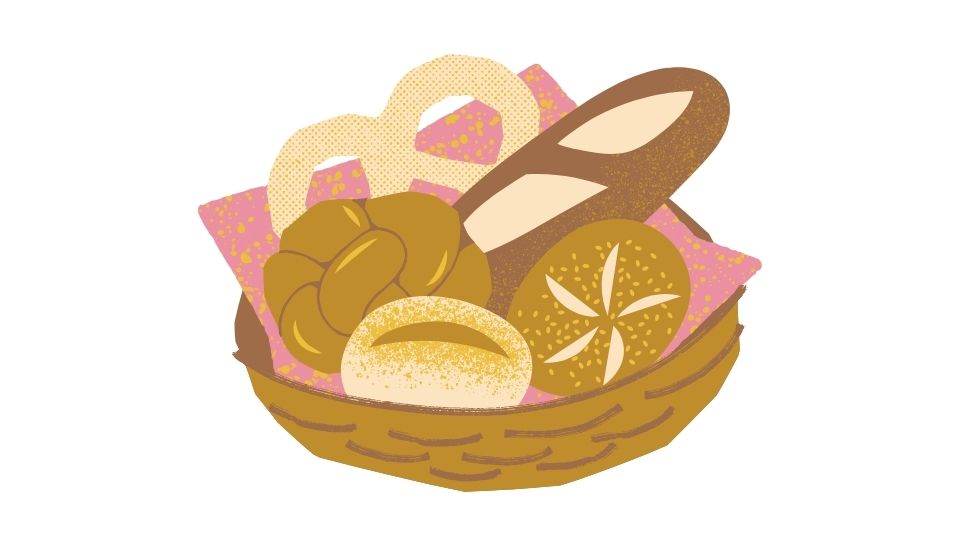
Traditional meal planning and tracking can feel overwhelming for ADHD brains. Here’s how to make it actually stick:
Break it down (chunking is your friend)
Instead of planning an entire week of meals (overwhelming!), try:
- Planning just 3 days at a time
- Focusing on one meal category at a time (all breakfasts first, then lunches)
- Using a template week that repeats with minor variations
Simplify shopping with visual aids
- Categorized grocery lists organized by store layout
- Photo-based shopping lists for visual thinkers
- Pre-made lists for staple items you buy regularly
Meal prep that works with ADHD, not against it
Don’t try to be a meal prep hero and cook 21 different meals on Sunday. Instead:
- Prep components that can be mixed and matched
- Have 3-5 “emergency meals” always ready in the freezer
- Create grab-and-go options for when you’re running late (which, let’s be honest, is often)
Use technology that understands ADHD brains
Traditional food tracking apps can be overwhelming with too many features and data entry steps. Text-based meal tracking apps are perfect for ADHD because they eliminate navigation barriers and complex data entry.
With these simpler tools, you just text what you ate—that’s it. No opening apps, navigating menus, or getting distracted by notifications. This approach is particularly effective for individuals with executive function challenges.
Additional Pro Tips for ADHD Meal Management
Plan foods you actually enjoy – If you hate kale, don’t force yourself to eat it daily
Build in flexibility – Have a framework but allow for some spontaneity
Embrace repetition – It’s okay to eat the same breakfast for weeks if it works for you!
Track hydration too – Dehydration makes focus even worse
Work around medication effects – If your appetite disappears mid-day, plan smaller, nutrient-dense meals when you can actually eat them
The Bottom Line on Meal Tracking with ADHD
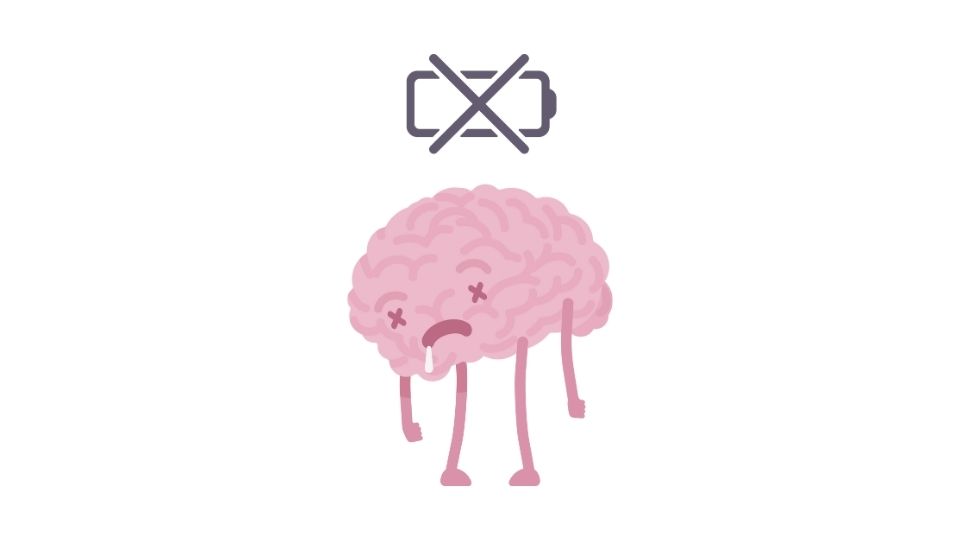
Meal tracking for ADHD isn’t about perfectionism—it’s about creating enough structure to support your brain while keeping things simple enough that you’ll actually stick with it.
By chunking meal planning into manageable steps, simplifying grocery shopping, prepping strategically, and using ADHD-friendly tracking methods, you can develop eating habits that actually support better focus, mood stability, and overall health.
Remember, you don’t need a perfect system—just one that’s good enough to provide the structure and nutrition your ADHD brain needs to thrive.
And if research on ADHD and executive function has taught us anything, it’s that the right systems can make all the difference between struggling and succeeding.



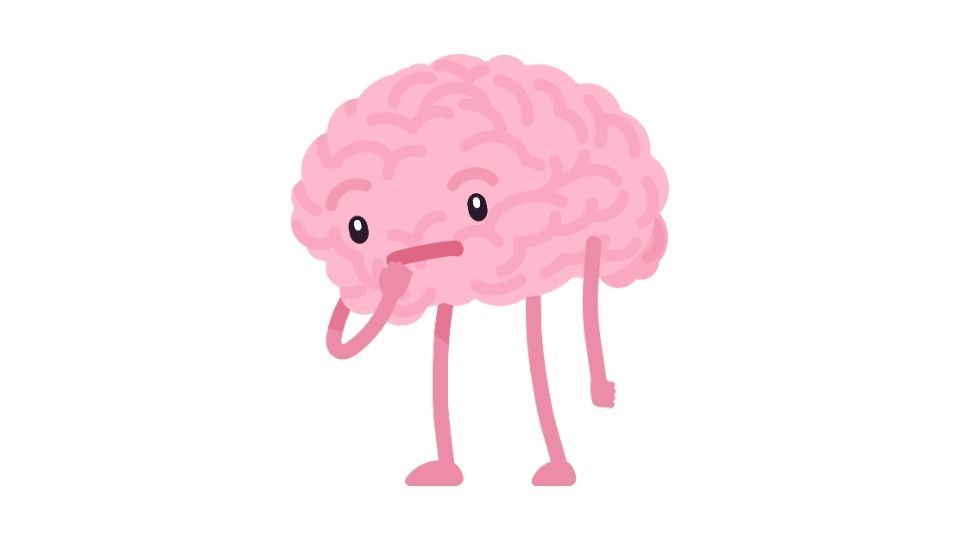
Leave a Reply